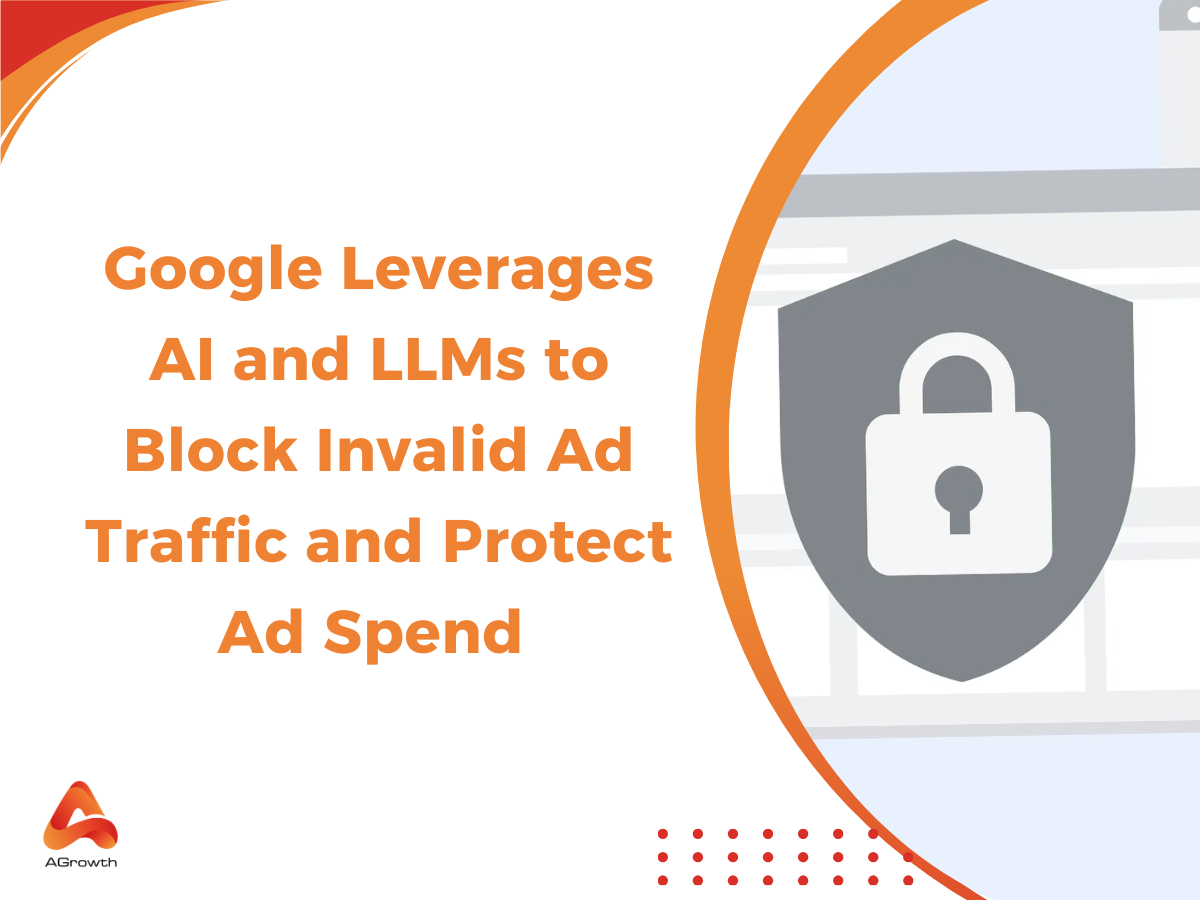
Table of Contents
Google Leverages AI and Large Language Models to Block Invalid Ad Traffic and Protect Ad Spend
Google is stepping up its efforts to tackle invalid traffic (IVT)—ad interactions that don’t come from genuine, interested users—by harnessing the power of advanced artificial intelligence and large language models (LLMs). Invalid traffic drains advertisers’ budgets, cuts into publisher earnings, and erodes trust across the digital advertising ecosystem.
The Ad Traffic Quality team at Google, working alongside experts from Google Research and Google DeepMind, has rolled out enhanced AI-driven defenses capable of pinpointing ad placements linked to fraudulent or low-quality activity with greater accuracy.

AI Applications in Fighting IVT
These new AI-powered systems examine app and website content, evaluate ad placement quality, and monitor user behavior patterns to deliver faster and more reliable protection. One notable achievement is a 40% reduction in invalid activity stemming from misleading or disruptive ad serving tactics—thanks to more precise content review processes. This allows brands to focus on Google Ads Optimization and reach real customers instead of wasting budget on fake interactions.
This progress not only ensures that advertisers connect with real audiences but also reinforces Google’s ability to remove violators and enforce its advertising policies more effectively.
Ongoing Efforts and Impact
Even if invalid impressions or clicks occur, Google’s automated and manual verification systems work around the clock to ensure advertisers aren’t billed for them. These recent innovations build on more than 20 years of continuous investment in fraud prevention and reflect Google’s ongoing mission to uphold trust, transparency, and value in the Google Ads ecosystem.




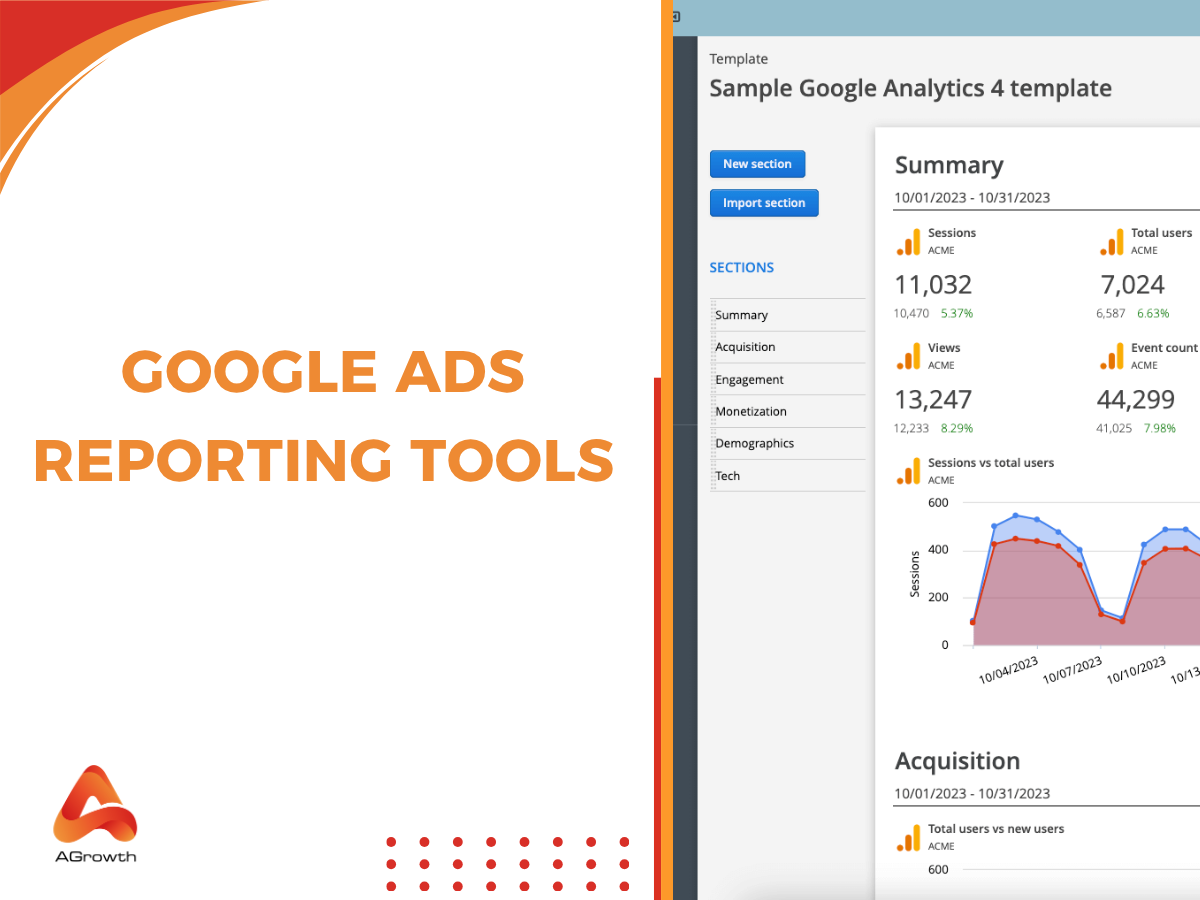
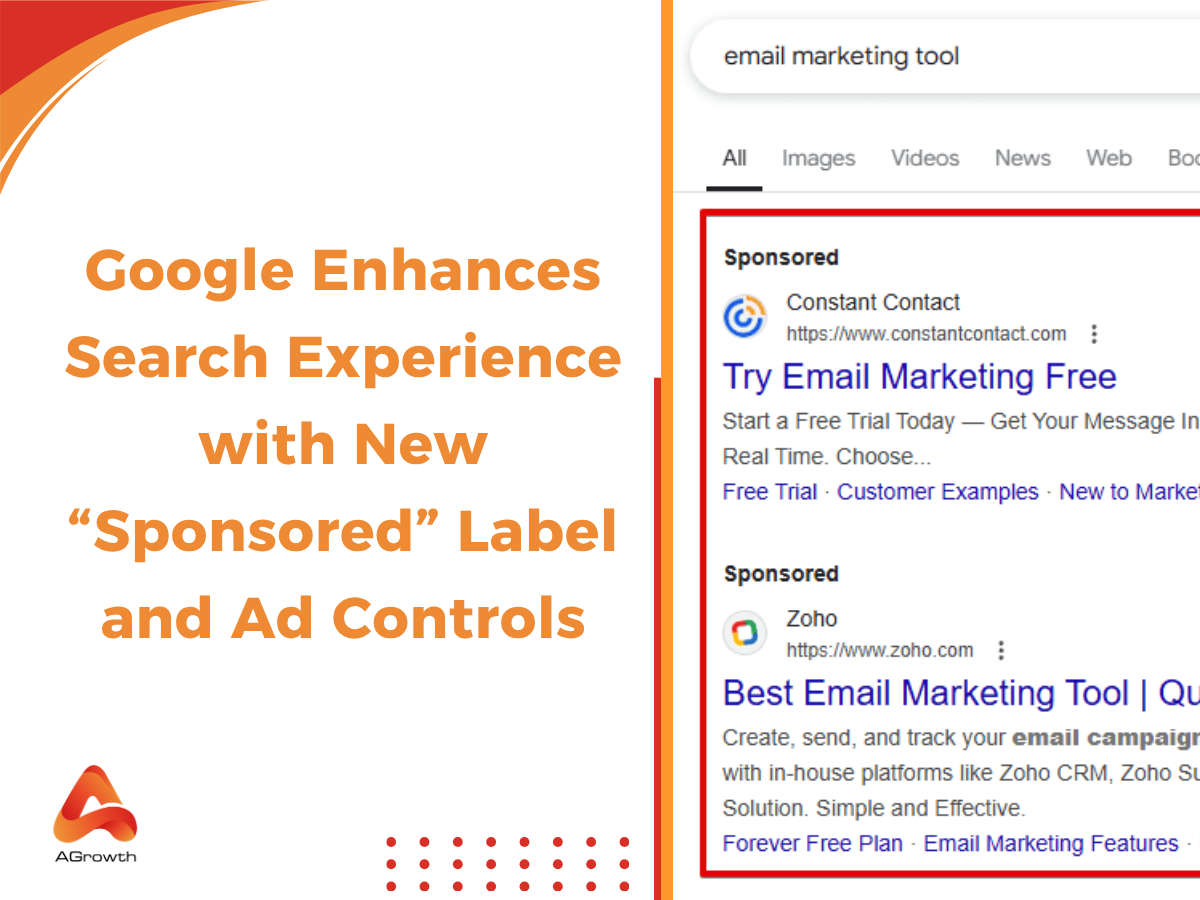
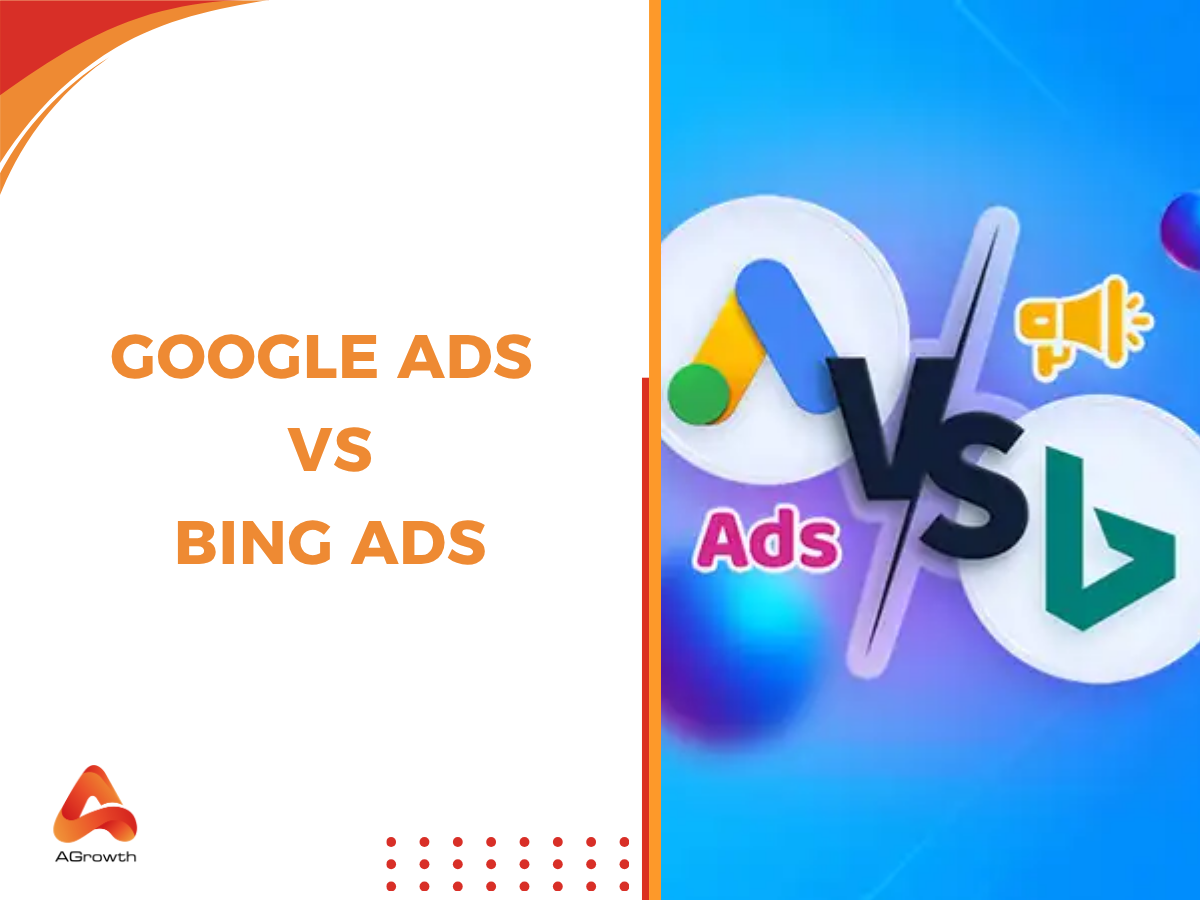
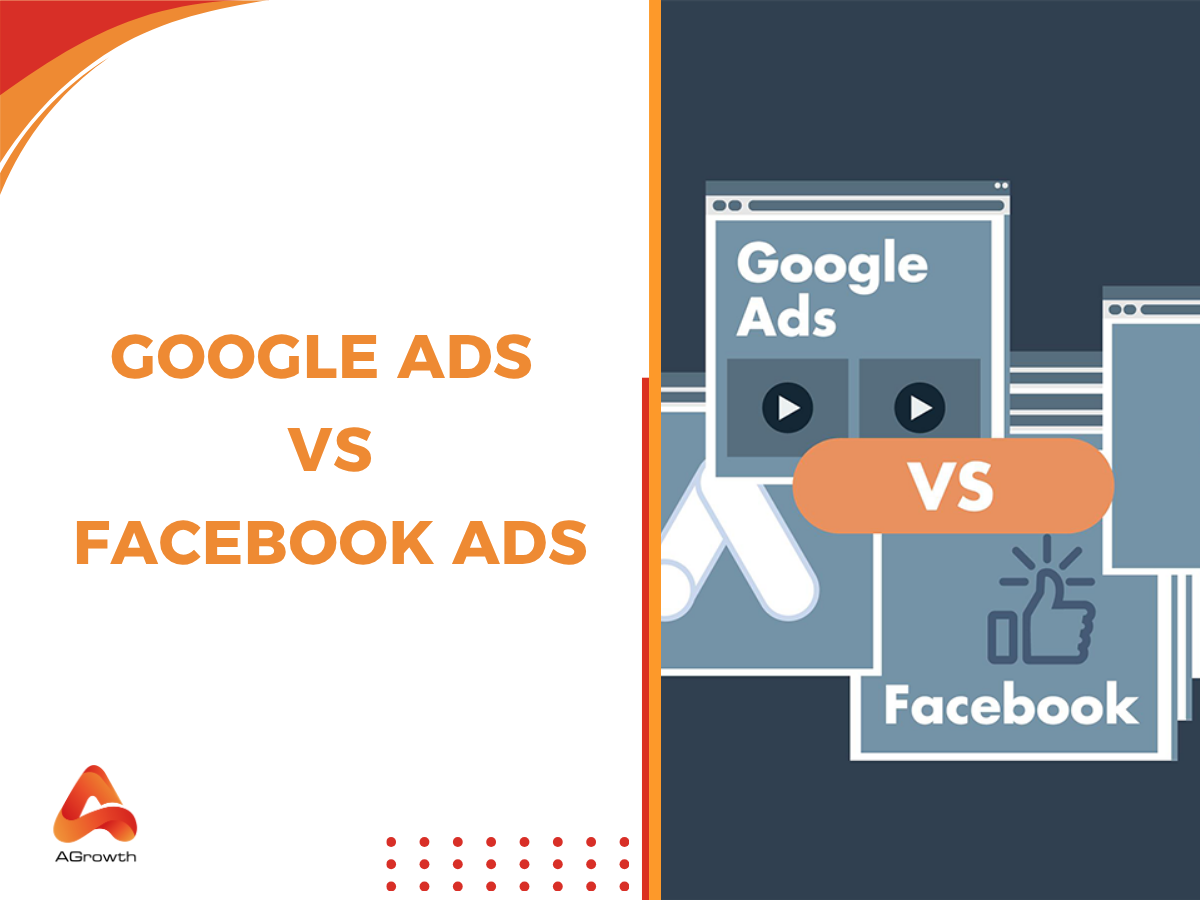
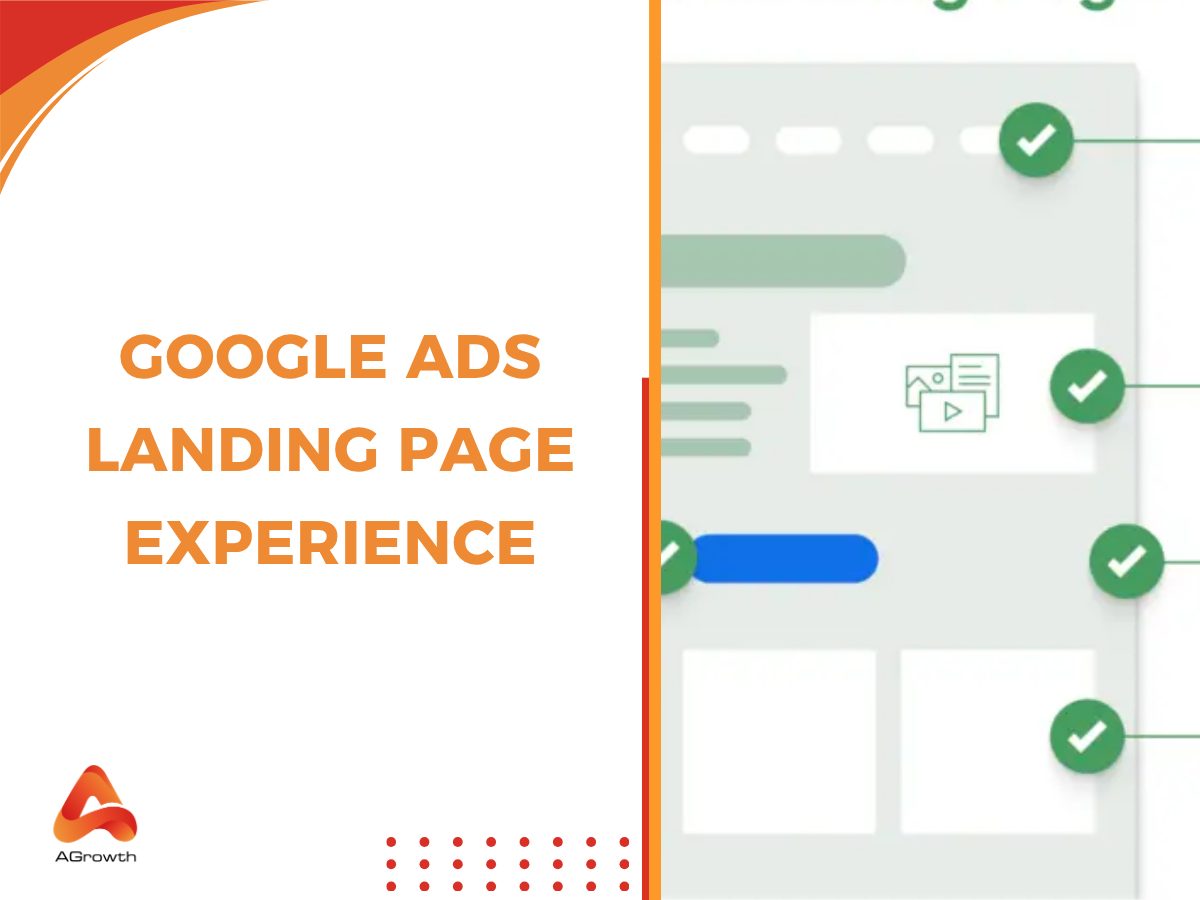
Your comment